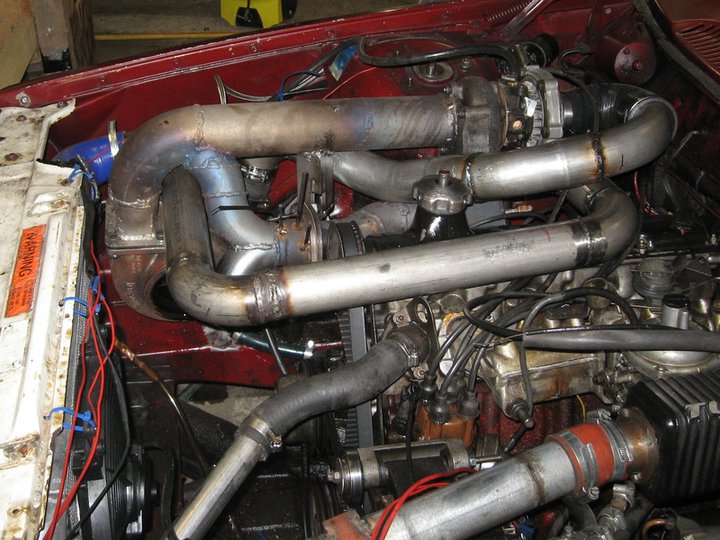Awaffa2003
Member
- Joined
- Jan 27, 2018
- Location
- Northern IL
So I think it's back to the drawing board with my 83 wagon scrapped, my 93 wagon waiting on a thermostat and my 80 as my DD for now.
Shooting around some ideas, I was thinking, how feasible would it be to twin, compound, sequential, what have you...turbo a 16v b230? Little one in the engine bay to make boost at lower rpms, rear or remote mounted turbo out back where the muffler goes like you see the GM guys doing.
Methinks the lag of the big turbo would be offset by the snappier small boi up front were they both sized appropriately. That's the main complaint to remote turbos, no?
Thoughts?
Shooting around some ideas, I was thinking, how feasible would it be to twin, compound, sequential, what have you...turbo a 16v b230? Little one in the engine bay to make boost at lower rpms, rear or remote mounted turbo out back where the muffler goes like you see the GM guys doing.
Methinks the lag of the big turbo would be offset by the snappier small boi up front were they both sized appropriately. That's the main complaint to remote turbos, no?
Thoughts?



